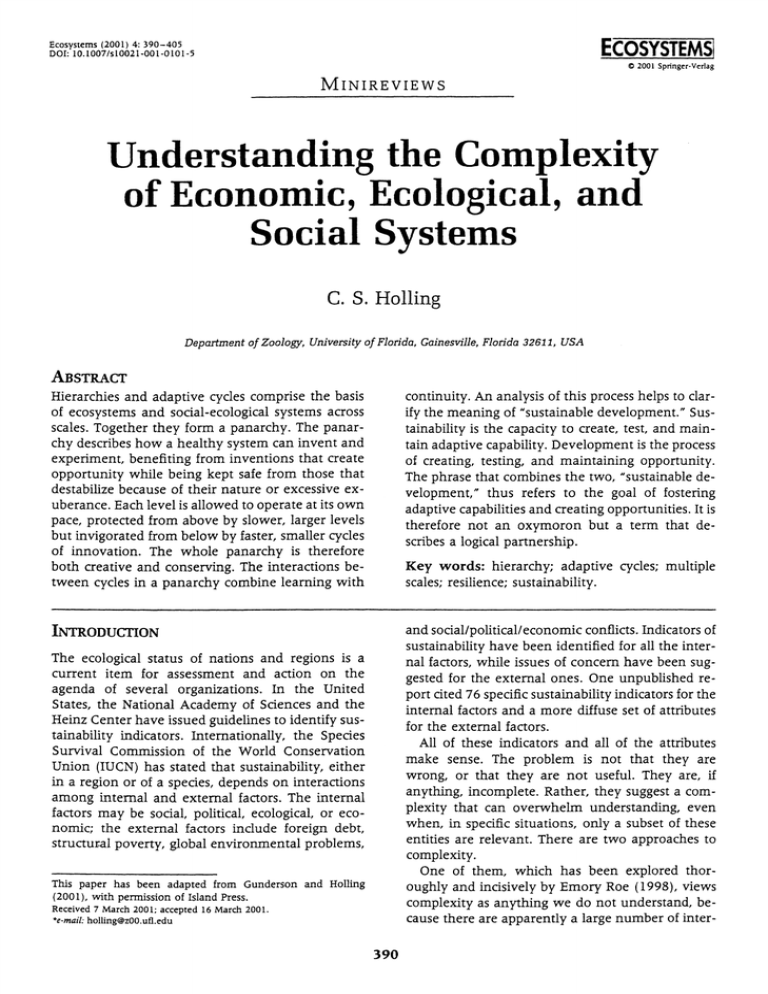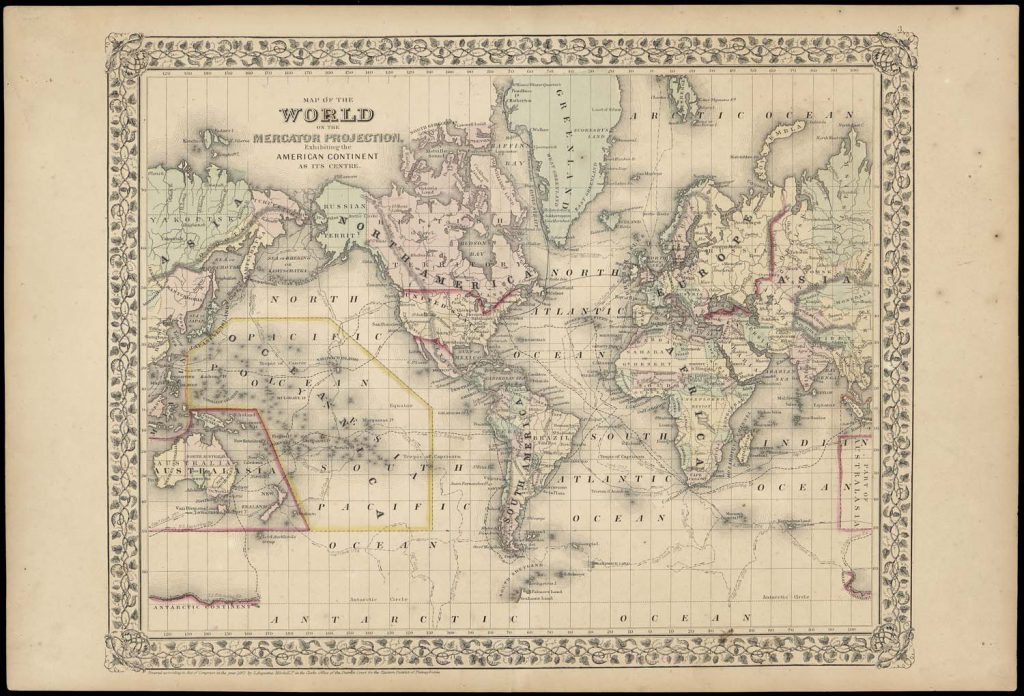Deciphering the Woodland Map: A Journey into Cartographic Complexity and Ecological Understanding
Associated Articles: Deciphering the Woodland Map: A Journey into Cartographic Complexity and Ecological Understanding
Introduction
With enthusiasm, let’s navigate by means of the intriguing subject associated to Deciphering the Woodland Map: A Journey into Cartographic Complexity and Ecological Understanding. Let’s weave fascinating data and provide recent views to the readers.
Desk of Content material
Deciphering the Woodland Map: A Journey into Cartographic Complexity and Ecological Understanding

The seemingly easy depiction of a woodland on a map belies a fancy actuality. Greater than only a assortment of inexperienced blobs, a very informative woodland map reveals a tapestry of interwoven ecological processes, historic narratives, and future administration concerns. From the size of particular person bushes to the huge expanse of a forest ecosystem, the map acts as a vital device for understanding, managing, and in the end conserving these important habitats. This text will delve into the intricacies of woodland mapping, exploring its varied kinds, the information it incorporates, and its significance for ecological analysis, conservation efforts, and sustainable forestry practices.
The Evolution of Woodland Mapping:
Early woodland maps had been typically rudimentary, primarily targeted on delineating forest boundaries for possession and useful resource administration. These maps, typically hand-drawn, lacked the element and precision of contemporary cartography. They could merely present the extent of woodland, maybe indicating various kinds of bushes in broad strokes, however supplied little perception into the inner construction or biodiversity of the forest.
The arrival of aerial pictures and distant sensing applied sciences revolutionized woodland mapping. Aerial pictures supplied a chicken’s-eye view, permitting for a extra correct illustration of forest cowl and its spatial distribution. The event of multispectral and hyperspectral imaging additional enhanced the capabilities of distant sensing, permitting for the differentiation of varied tree species, evaluation of cover density, and detection of forest well being points.
Trendy woodland maps leverage Geographic Data Programs (GIS) to combine numerous knowledge sources. This enables for the creation of extremely detailed and complex maps that incorporate not solely forest cowl but additionally elevation, soil kind, hydrological options, and even the presence of particular species. The combination of those knowledge layers permits a deeper understanding of the ecological processes shaping the woodland and facilitates simpler administration methods.
Knowledge Layers and Their Significance:
A complete woodland map consists of a number of interconnected knowledge layers, every contributing to a extra full image of the forest ecosystem. These layers would possibly embody:
-
Forest Cowl: That is the foundational layer, displaying the extent and sort of forest cowl. It’d differentiate between totally different tree species, age lessons, and cover density. Knowledge for this layer might be derived from aerial imagery, LiDAR (Gentle Detection and Ranging), and subject surveys.
-
Topography: Elevation knowledge is essential for understanding the distribution of tree species and the hydrological dynamics of the woodland. Steeper slopes, for instance, might assist totally different species than flatter areas. This layer is commonly derived from digital elevation fashions (DEMs).
-
Soil Sort: Soil traits considerably affect tree development and distribution. Totally different tree species have particular soil necessities, and a map displaying soil kind may also help predict the suitability of various areas for particular species. Soil knowledge is usually obtained by means of subject surveys and laboratory evaluation.
-
Hydrology: Water availability is a crucial think about woodland ecology. Mapping rivers, streams, wetlands, and groundwater ranges helps to grasp the hydrological connectivity inside the forest and its affect on vegetation patterns. This layer typically incorporates knowledge from hydrological fashions and distant sensing.
-
Biodiversity: Mapping the distribution of particular plant and animal species provides one other layer of complexity to the woodland map. This data is essential for conservation efforts, permitting for the identification of areas of excessive biodiversity worth and the event of focused conservation methods. Knowledge for this layer is commonly collected by means of subject surveys, digital camera trapping, and acoustic monitoring.
-
Historic Knowledge: Historic maps and information can present precious context for understanding the adjustments in woodland extent and composition over time. This data is essential for assessing the impacts of human actions and growing long-term administration methods.
-
Possession and Administration: Data on land possession and administration regimes is important for efficient woodland administration. This layer helps to determine stakeholders and coordinate administration actions throughout totally different land parcels.
Purposes of Woodland Maps:
The purposes of woodland maps are numerous and far-reaching, extending throughout varied sectors:
-
Forest Administration: Woodland maps are important instruments for sustainable forestry practices. They assist in planning timber harvesting operations, guaranteeing that logging actions reduce environmental influence and promote forest regeneration. In addition they help within the growth of forest administration plans that steadiness timber manufacturing with biodiversity conservation.
-
Conservation Planning: Maps are essential for figuring out areas of excessive conservation worth and growing focused conservation methods. They may also help in prioritizing areas for defense, restoration, or habitat administration.
-
Ecological Analysis: Woodland maps present a framework for ecological analysis, permitting researchers to review the spatial distribution of species, the dynamics of forest ecosystems, and the impacts of environmental change.
-
Local weather Change Mitigation and Adaptation: Maps assist in assessing the vulnerability of woodlands to local weather change and growing methods for mitigation and adaptation. They may also help in figuring out areas which can be significantly vulnerable to drought, wildfire, or pest outbreaks, permitting for proactive administration interventions.
-
Public Consciousness and Schooling: Nicely-designed woodland maps can be utilized to coach the general public in regards to the significance of woodland ecosystems and the necessity for his or her conservation. Interactive maps can interact customers and supply a better understanding of the complexity and great thing about the forest.
Challenges and Future Instructions:
Regardless of the developments in woodland mapping, a number of challenges stay:
-
Knowledge Acquisition: Accumulating correct and complete knowledge for all of the related layers might be costly and time-consuming, significantly for distant or inaccessible areas.
-
Knowledge Integration: Integrating knowledge from numerous sources and guaranteeing knowledge consistency might be difficult.
-
Map Accuracy and Decision: The accuracy and backbone of woodland maps fluctuate relying on the information sources and mapping methods used. Excessive-resolution maps are important for detailed administration and analysis, however might be costly to provide.
-
Knowledge Accessibility: Making woodland map knowledge readily accessible to researchers, managers, and the general public is essential for efficient conservation and administration.
Future developments in distant sensing, GIS, and knowledge evaluation methods will proceed to enhance the accuracy, element, and accessibility of woodland maps. The combination of citizen science knowledge and the usage of synthetic intelligence for automated knowledge processing will additional improve the capabilities of woodland mapping. The event of 3D woodland fashions, incorporating detailed data on tree construction and cover structure, will present an much more complete understanding of those advanced ecosystems.
In conclusion, the woodland map is way over a easy visible illustration; it’s a highly effective device for understanding, managing, and conserving these important habitats. As our understanding of woodland ecosystems grows, and as expertise continues to advance, the sophistication and utility of woodland maps will undoubtedly proceed to evolve, taking part in an more and more essential function within the sustainable administration and conservation of our forests for generations to come back.








Closure
Thus, we hope this text has supplied precious insights into Deciphering the Woodland Map: A Journey into Cartographic Complexity and Ecological Understanding. We thanks for taking the time to learn this text. See you in our subsequent article!